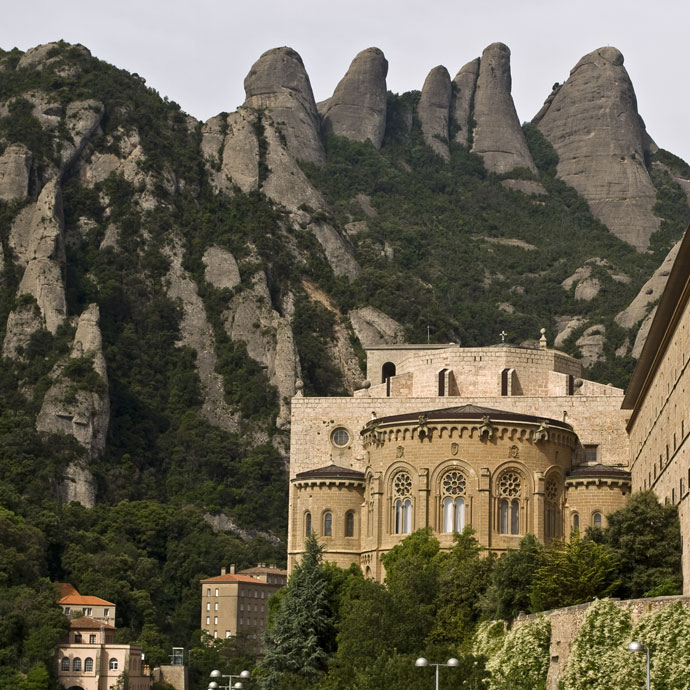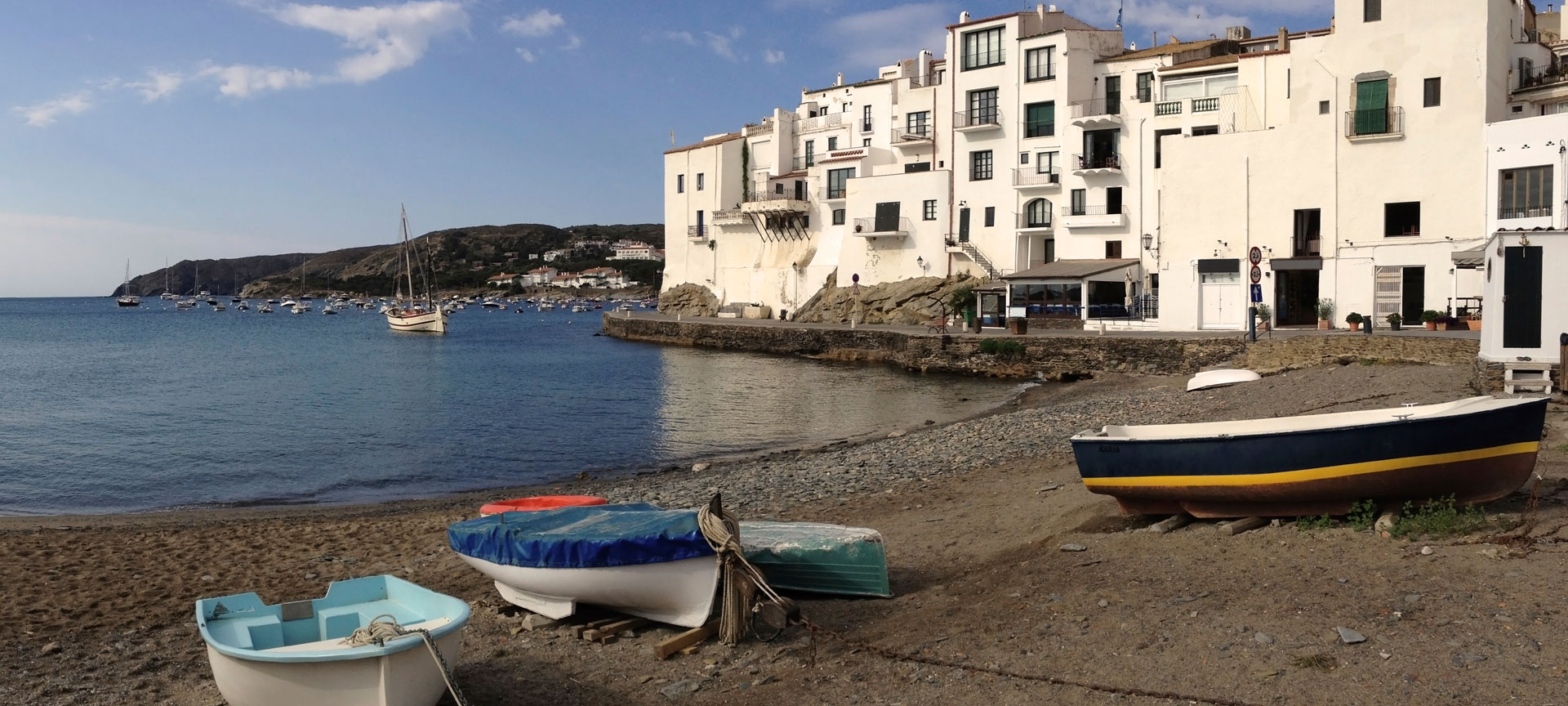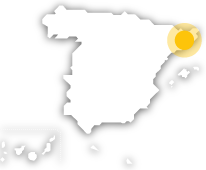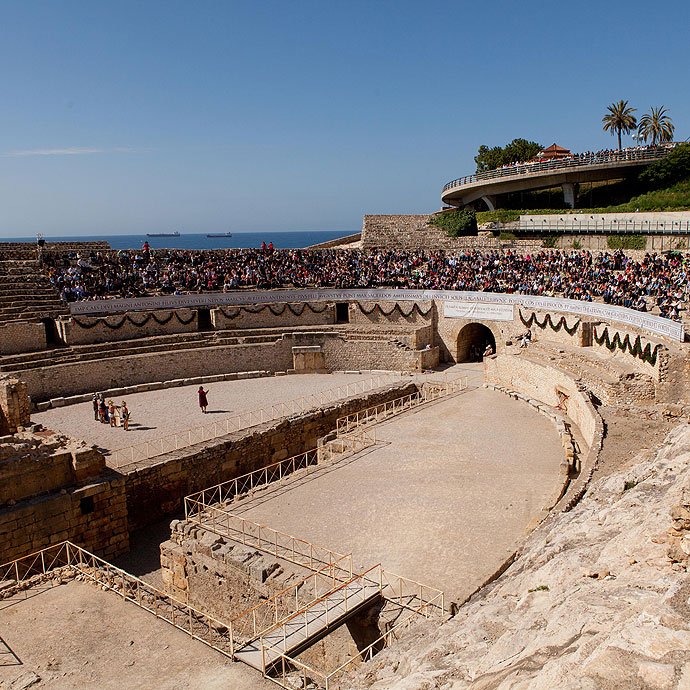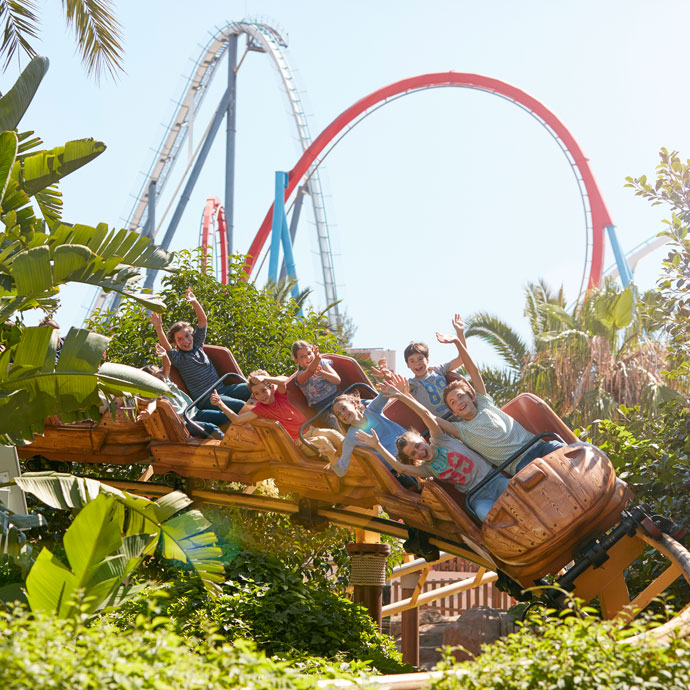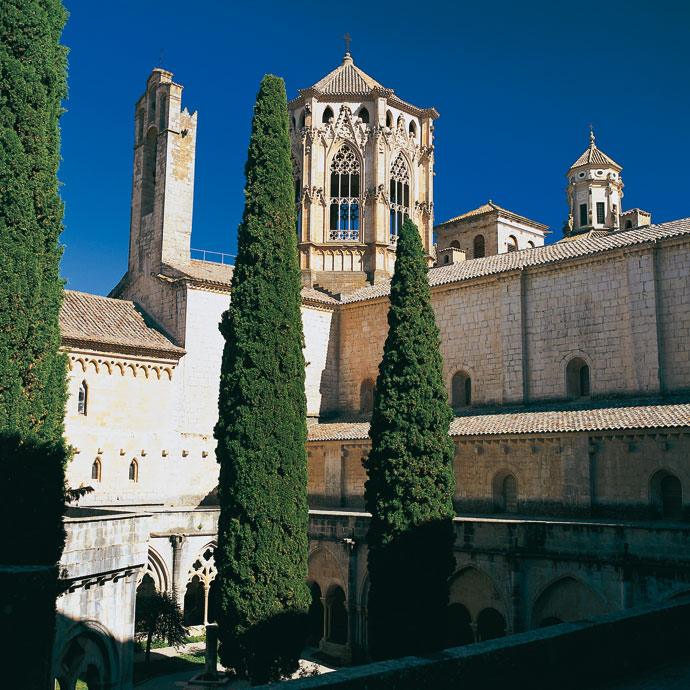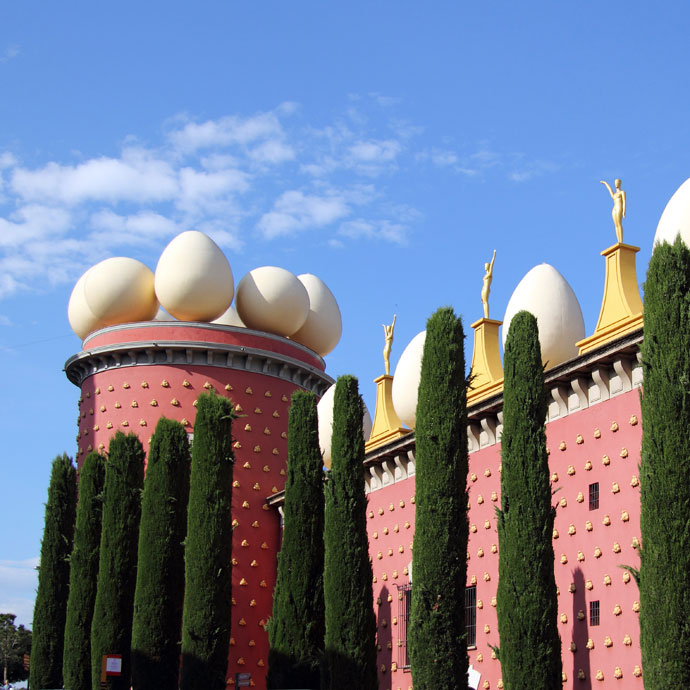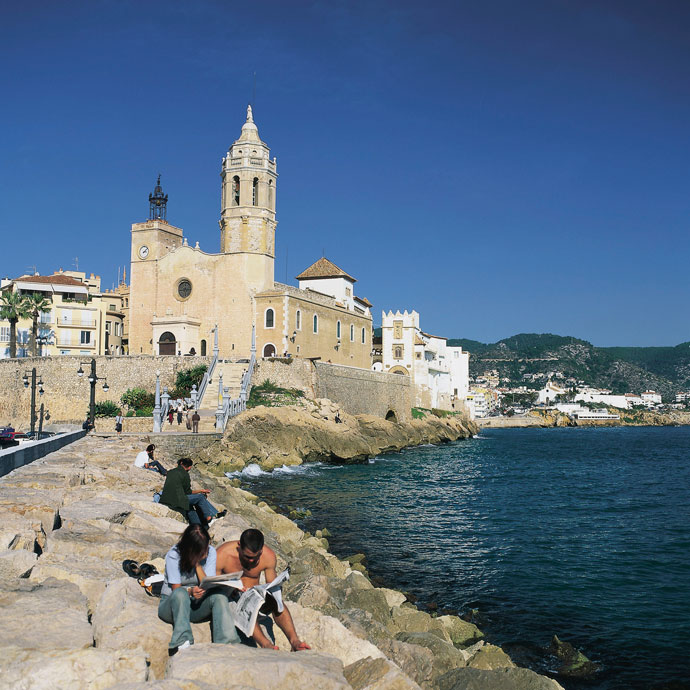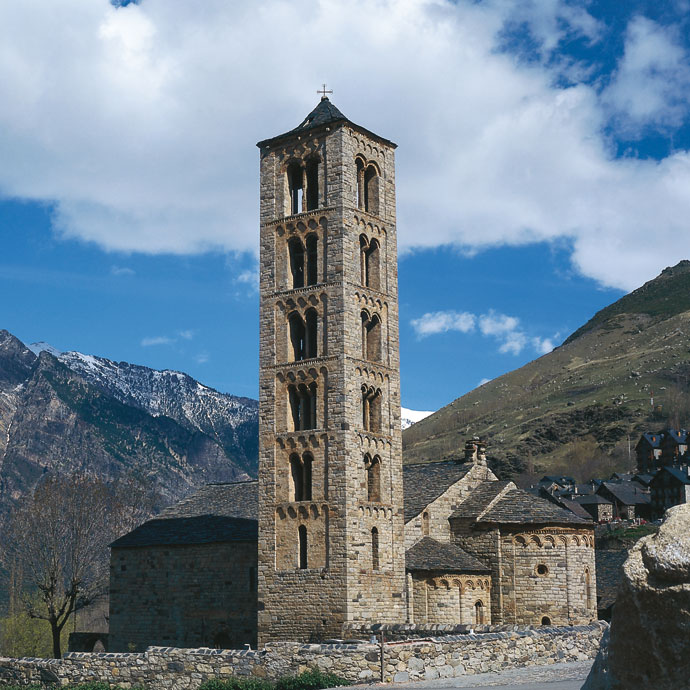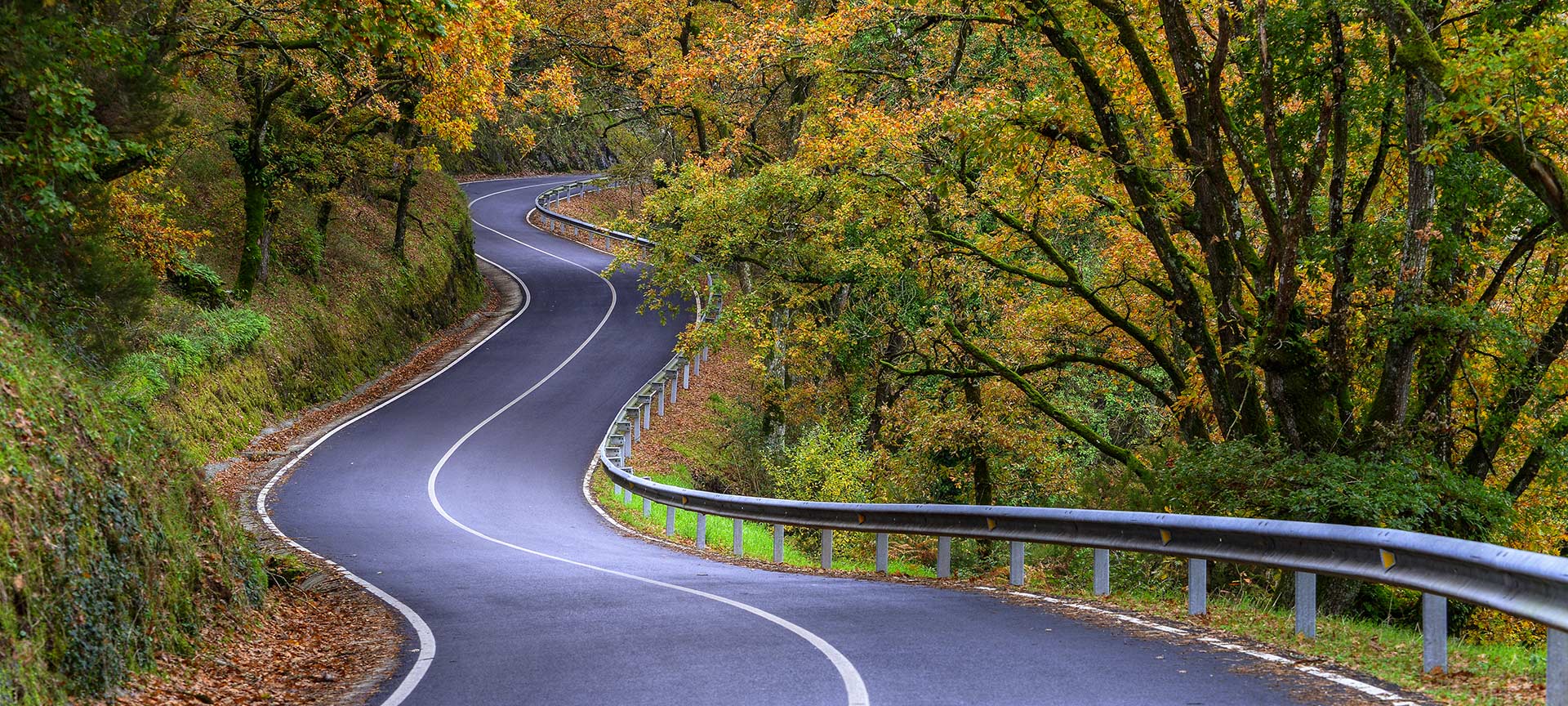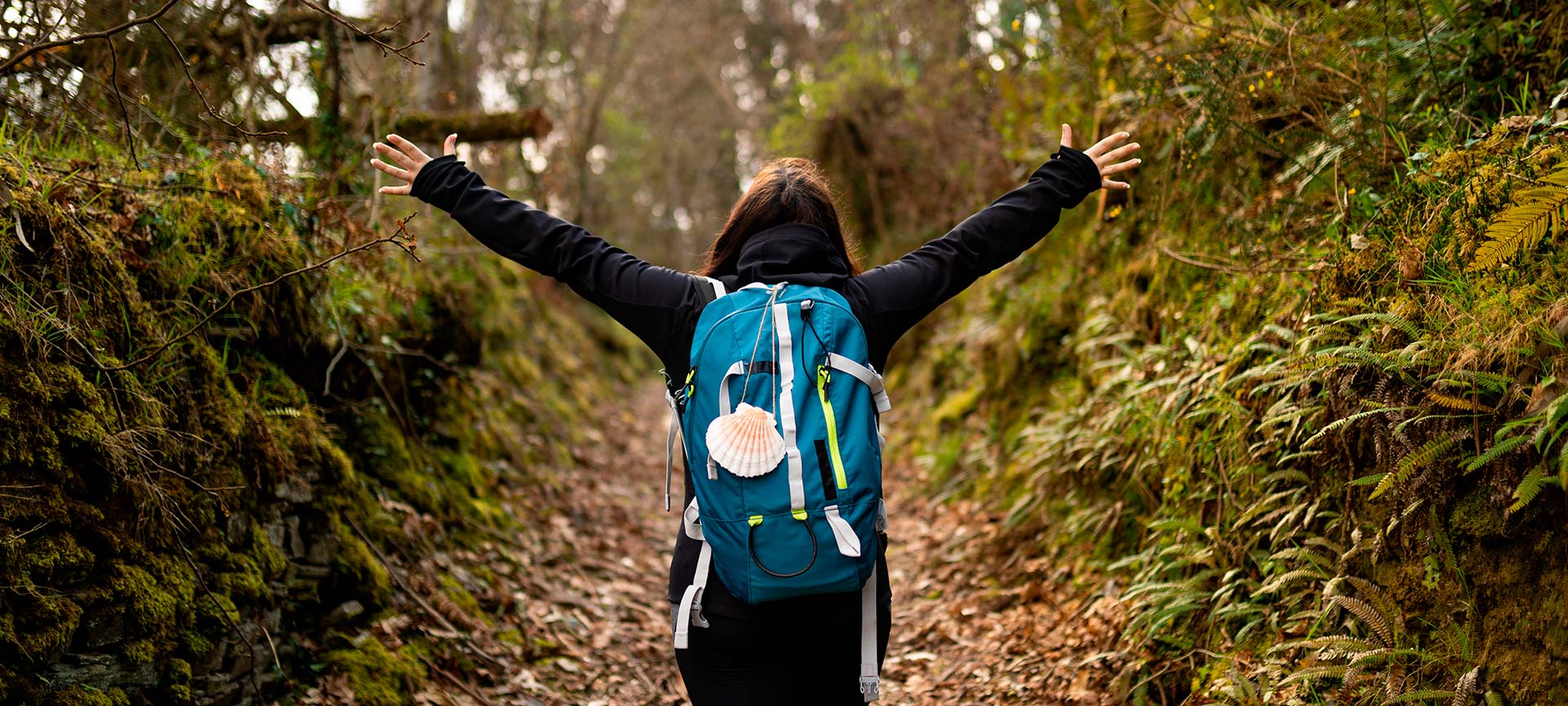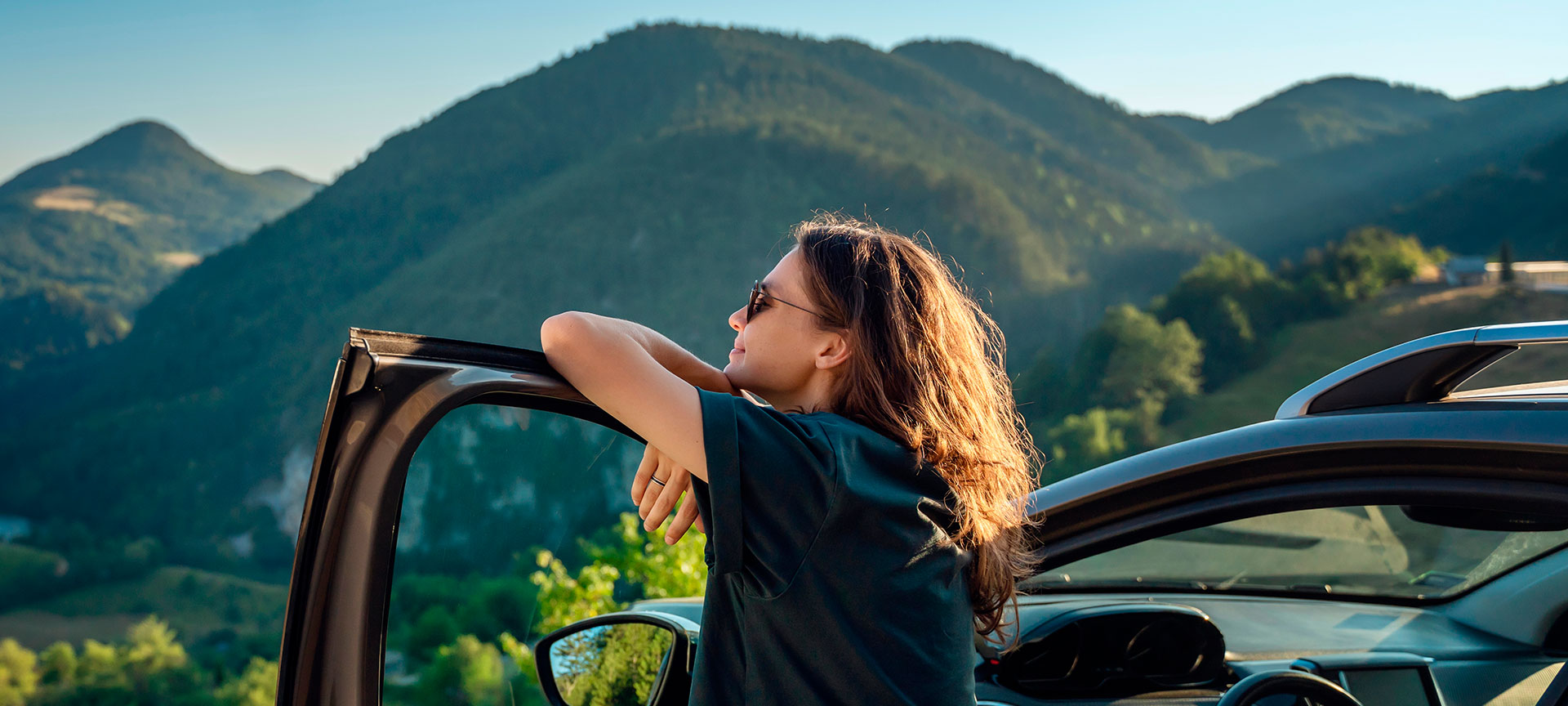Montserrat Mountain and Monastery
Minimum recommended duration: one day.Distance from Barcelona: About 60 kilometres.How to get there: By car along the A2 motorway, a journey of approximately one hour. There’s also a train service from Plaça Espanya station in Barcelona. To get to the monastery from Montserrat, we recommend either the cogwheel railway or the cable car to get the most out of the spectacular views to the max.What you’ll see: a Nature Reserve boasting extraordinary beauty. You’ll be especially surprised by the unique shapes of the mountains and the massifs that shape it. It’s also home to one of the best-known pilgrimage sites in Catalonia, the Monastery of Montserrat.Remember: There are different options for visiting the Natural Park and the monastery with services such as guided tours, the inclusion of the cable car ride or entry to the museum.Fun fact: the monastery houses 'La Moreneta', the patron saint of the region of Catalonia. It’s a sculpture of the Virgin of Montserrat, renowned for its black skin and for being a Romanesque image of great beauty.
